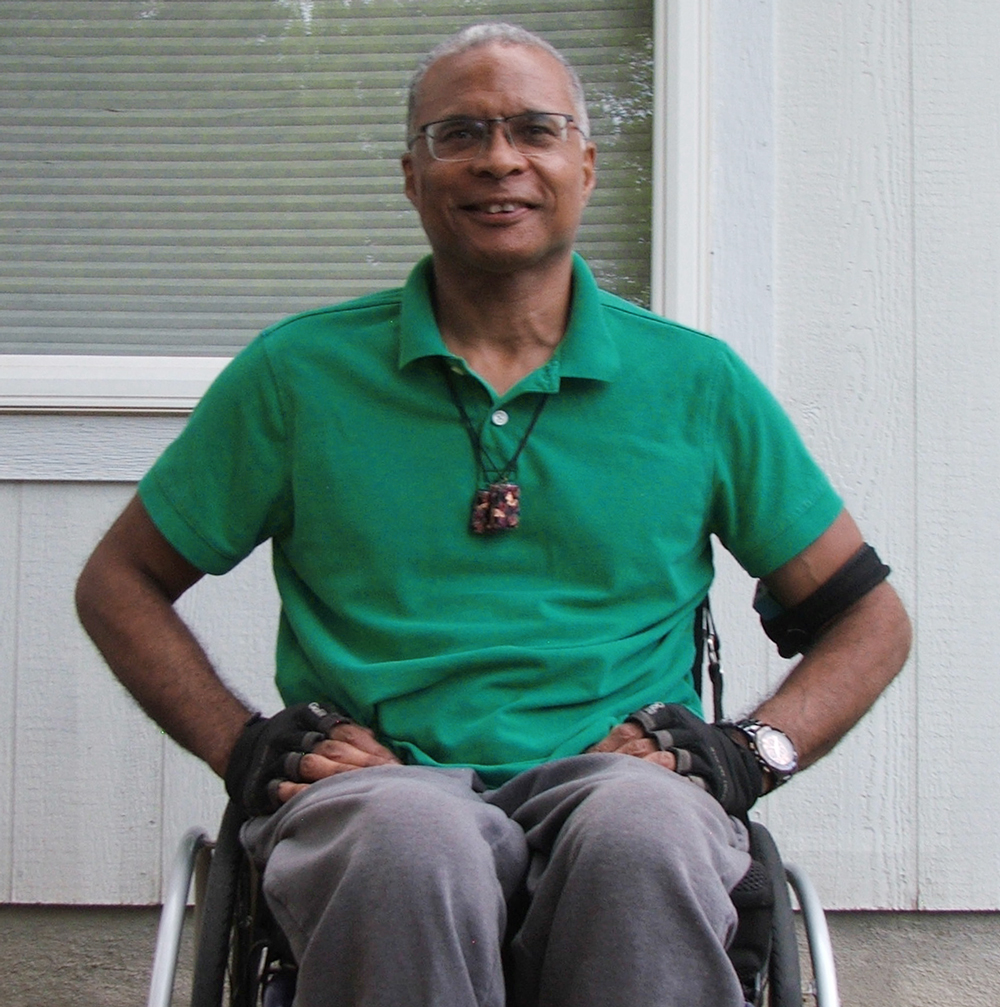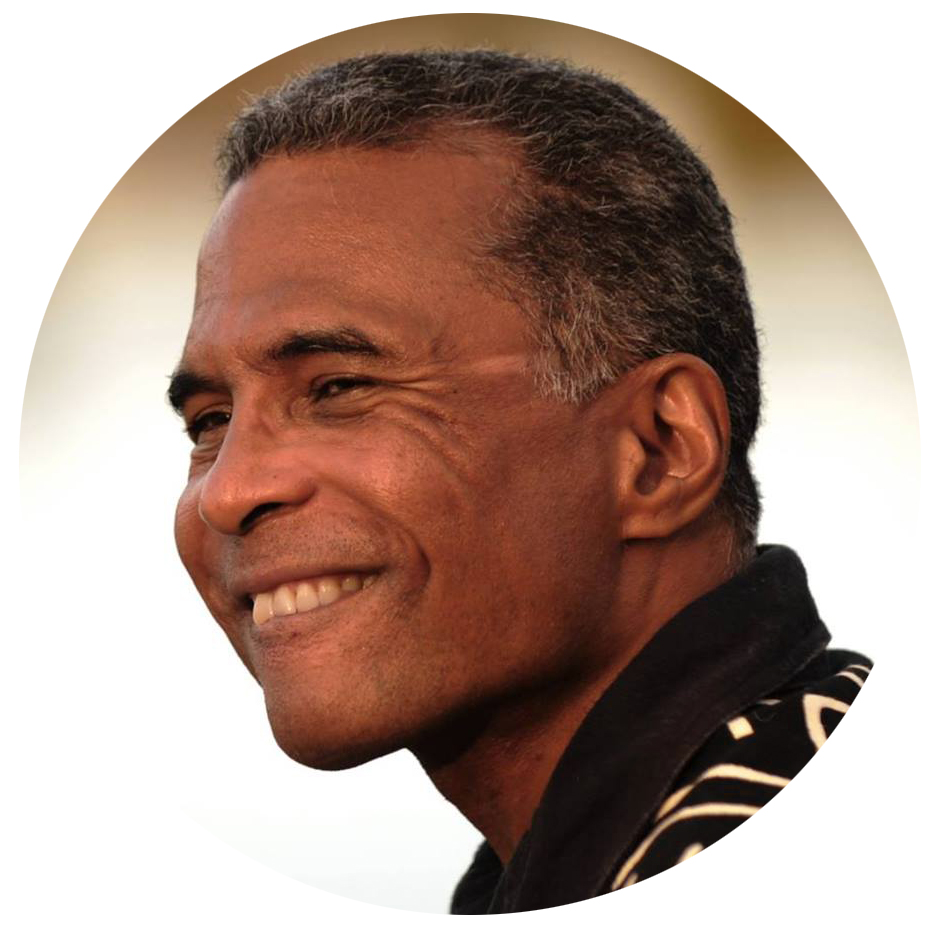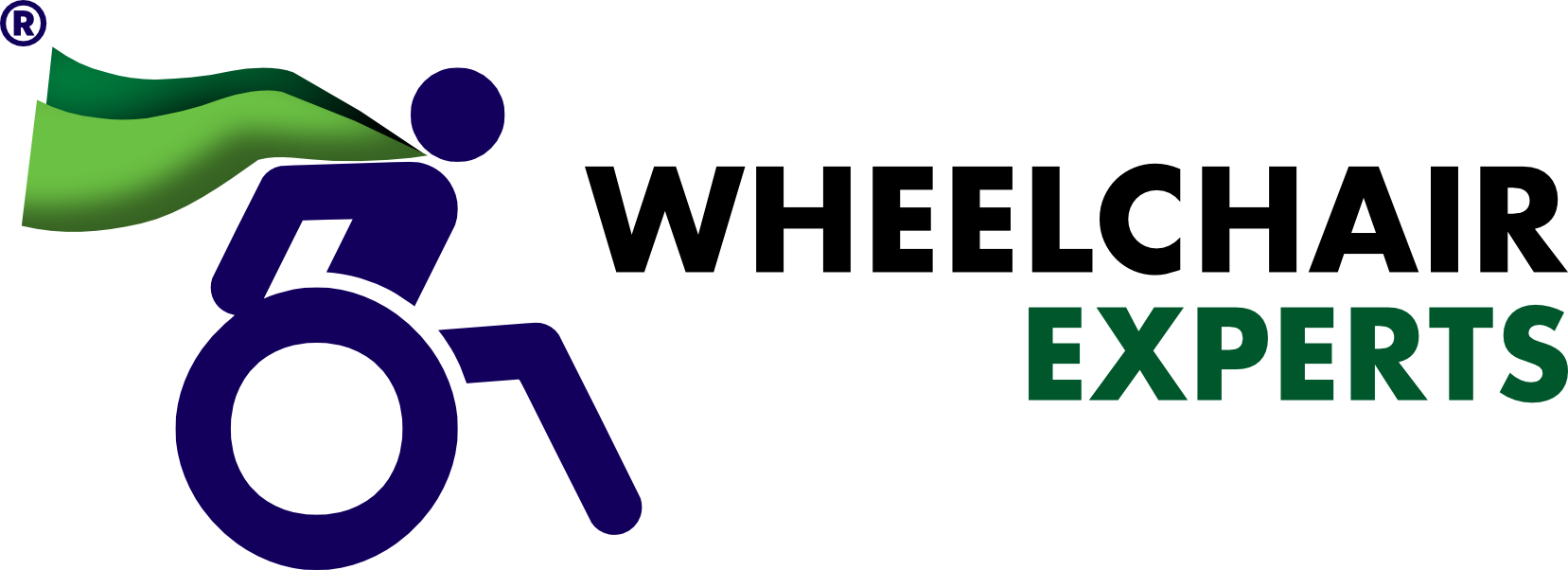 The brutal public murder of George Floyd was a touchstone for all of us, all around the world. With George Floyd’s tragic passing on Memorial Day, time stood still as our collective emotions reached a tipping point and people burning with the rage and pain of injustice had finally had enough. In recent years, a parade of appalling killings of unarmed Black men — Trayvon Martin, Tamir Rice, Michael Brown, Eric Garner, Philando Castille, Ahmaud Arbery, Botham Jean, Freddie Gray and many others — sparked numerous protests, social media debates and cries for justice that were largely unheeded by American society as a whole. But something about the casual hatred of Minneapolis police officer Derrick Chauvin as he choked the life out of George Floyd by kneeling on his neck for 8 minutes and 46 seconds provoked a visceral reaction that could not be stomached by most Americans.
The brutal public murder of George Floyd was a touchstone for all of us, all around the world. With George Floyd’s tragic passing on Memorial Day, time stood still as our collective emotions reached a tipping point and people burning with the rage and pain of injustice had finally had enough. In recent years, a parade of appalling killings of unarmed Black men — Trayvon Martin, Tamir Rice, Michael Brown, Eric Garner, Philando Castille, Ahmaud Arbery, Botham Jean, Freddie Gray and many others — sparked numerous protests, social media debates and cries for justice that were largely unheeded by American society as a whole. But something about the casual hatred of Minneapolis police officer Derrick Chauvin as he choked the life out of George Floyd by kneeling on his neck for 8 minutes and 46 seconds provoked a visceral reaction that could not be stomached by most Americans.
How do we reconcile ourselves with this moment in history? As an African American who has a T12 spinal cord injury and has been living as a wheelchair user for 18 years, my viewing these issues through the lens of race and disability yields a complicated set of vulnerabilities, insights and perspectives. Being part of this historic moment brings me a sense of excitement and anxiety in the face of new possibilities, heightened tensions and changing views.
Nothing About Who I Am Mattered
One day nearly 17 years ago, my inner sense of myself and my life was tested unexpectedly, as I was driving through Five Points, the African American inner-city community in my hometown of Denver, Colorado. I wanted to visit a friend of mine, James Chapman, who lived near the heart of Five Points and also happens to be a paraplegic. I drove a two-door Dodge Avenger and had to go through a tedious process of taking my wheelchair apart, putting the wheels in the back of my car, taking the seat cushion out and folding the frame and pulling it across my body to place the chair in the back seat of my car every time I had to transfer in or out.
 There was no parking on the street that day, so I pulled up along a side alley next to the lawn so I could wheel myself about 20 or 30 feet to my friend’s apartment. A motorcycle cop watched me and complained about where I parked after I came back to my car, even though I was not blocking traffic and he could obviously see that I used a wheelchair. As he spoke to me, I tried to explain to him that there was no parking on the street and in my condition, it was physically painful for me to try to park two or three blocks away and wheel over to my friend’s place. I was just trying to see if he was home — I could figure out the parking later. He looked at me with a mean sneer and said, “Are you talking back to me?!?” To be clear, he was threatening me. He was essentially saying, “Shut up and get in your car, or I will put you in jail.”
There was no parking on the street that day, so I pulled up along a side alley next to the lawn so I could wheel myself about 20 or 30 feet to my friend’s apartment. A motorcycle cop watched me and complained about where I parked after I came back to my car, even though I was not blocking traffic and he could obviously see that I used a wheelchair. As he spoke to me, I tried to explain to him that there was no parking on the street and in my condition, it was physically painful for me to try to park two or three blocks away and wheel over to my friend’s place. I was just trying to see if he was home — I could figure out the parking later. He looked at me with a mean sneer and said, “Are you talking back to me?!?” To be clear, he was threatening me. He was essentially saying, “Shut up and get in your car, or I will put you in jail.”
I was shocked and stunned. I have a college degree from an Ivy League university. I am well-spoken, thoughtful, kind, considerate and helpful, and I am never loud or aggressive. I realized in that moment that nothing about who I am in my personality, education, character or demeanor meant anything to this cop, who was lording his authority over me in that situation. I don’t live in or near Five Points, but I immediately saw why there are problems with some police officers in that community. In retrospect, it is astounding that the officer didn’t simply offer to assist — where was the “to serve and protect” ethos?
If you are African American, you may be fine throughout eight or nine encounters with the majority of well-intentioned police officers who try to do their jobs with integrity. But that one bad-apple cop out of 10 can literally be deadly for a Black person. For all my efforts at personal peace — adaptive yoga, meditation, prayer, being a good Christian and attending church services — I was reminded of that potentially-dangerous reality on that disturbing day in Five Points.
If the threat of police violence can happen to me, an obvious paraplegic who uses a wheelchair, it can happen to anyone. These ongoing police killings and abuses captured on video — along with the attempted cover-ups — compel us as a society to make systemic changes in how police conduct their work and are held accountable for their actions.
We’re at a Turning Point
As we celebrate 30 years of the Americans with Disabilities Act, we can see that we still have a long way to go in making our society more compassionate and understanding of people who are outside of the ordinary narratives of mainstream American society. In response to the protests surrounding George Floyd and Elijah McClain, the Colorado State Legislature recently passed Senate Bill 217, which has been signed into law by Governor Jared Polis. The new law mandates the use of body cameras, bans choke holds and limits qualified immunity for police officers, among other important policing reforms. Hopefully, similar laws will be passed in other states and municipalities, as national policing reform legislation recently passed the U.S. House of Representatives and is currently being debated in the U.S. Senate. As happened with the passage of the ADA in 1990, there is today perhaps a collective sigh of relief that a critical mass of political leaders has awakened to the importance of taking on a widespread systemic issue relating to social change.
I hope telling my story will enable people not of color to understand the problems that a Black person might face under the wrong circumstances with the wrong policeman. The murder of George Floyd is a turning point; our society is, and should have been all along, moving beyond a state of denial. Supporting systemic reforms in how policemen are hired, trained and held accountable will go a long way in changing the culture of policing and will also help create opportunities to build new bridges between police departments and Black communities.
As a man with a disability, and as an African American, I often find myself breaking through people’s stereotyped perceptions of me, to let them understand that I am a human being with love, dignity and an inner sense of value, deserving of recognition. People on different sides of racial or cultural divides should take risks and reach out to try to talk with each other. Get involved with community groups, churches or organizations that work on these issues. Simple day-to-day interactions can be life-affirming and at times can lead to authentic friendships.
Earlier this year, before the George Floyd incident, I developed a friendship with a former cop who had been in the Denver Police Department for 20 years. He told me that his main problem with being a police officer was that nobody ever invited him to sit down and have a cup of coffee. Instead, he was only called when there was trouble. I would like to encourage other people to befriend a policeman; the more we get to know each other, the more we will break down barriers that create separation, emotional divisions, anxiety and confusion.
In the midst of this historic moment, it is my hope that people of all racial, cultural, nondisabled or disabled backgrounds can learn to approach each other with love and compassion and nuanced understanding. Just as with the monumental passage of the ADA 30 years ago, American society needs broad, systemic institutional change in policing, criminal justice reform and other racial issues. However, along with and beyond the changing of laws, flags and monuments, perhaps building bridges of communication and understanding between Black and white, young and old, nondisabled and those with all types of disabilities is something we can all partake in, collectively and interpersonally.
James Ainsworth is a journalist and copywriter in Denver, Colorado. He can be reached through his website, islandofspicemedia.com and his blog, islandofspice.wordpress.com.
** This post was originally published on https://www.newmobility.com/2020/08/blm-and-the-disability-community-a-societal-mirror/

